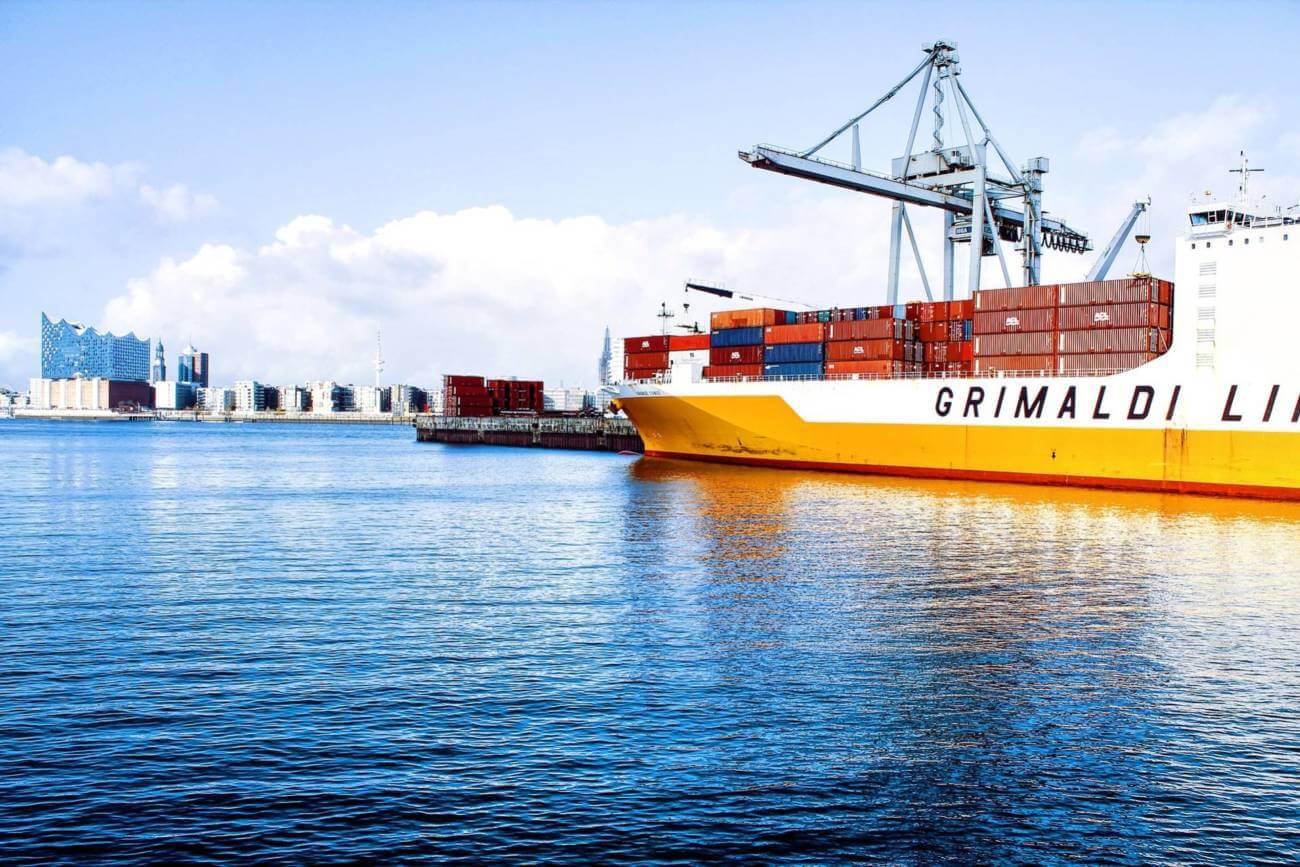Supply Chain Finance, or SCF, is generally defined as ‘an arrangement whereby a buyer agrees to approve his suppliers’ invoices for financing by a bank or other financier.’ Trade Finance Global caught up with the latest at the Supply Chain Finance Forum.
Supply Chain Finance
The term Supply Chain Finance (SCF) is often also referred to as
- Supplier Finance
- Payables finance
- Supplier payments
- Approved payables finance
- Reverse factoring
- Confirming
Given that there are no ICC rules for SCF (like there are for Letter of Credit or Incoterms), it’s often up to each provider to decide what they call it.
Despite the publishing of the ‘Standard Definitions for Techniques of Supply Chain Finance‘ by the International Chamber of Commerce in 2016, the definition is not yet widely adopted and providers of SCF often use various terms to describe their product offerings.
Receivables finance on the other hand, is well defined as ‘the purchasing of receivables or invoices from a seller, with or without recourse’.
TFG heard from Bertrand de Comminges – Europe Head of BD, GB&M:
“2018 has been a very interesting year for trade – we saw Brexit, Trump and Trade Wars. The trade gap has reversed too – the difference between GDP and trade has reversed, a positive note for the economy. Despite trade wars, Asia and Europe are still pushing up for trade and trade agreements this year, with the aim for a liberalised trade economy.”
SCF considers two major elements: working capital and liquidity. SCF is a complimentary product for many finance structures. With fintech, innovators and new financiers, there have been several articles published in the industry, often poorly defined and driving more confusion. It’s always been a confusing industry, but essentially it’s about companies providing liquidity into their supply chain.
Liquidity is the second element of SCF – it’s increasingly more important to be better than your competitors in terms of liquidity here.
The SCF Markets: Developed versus non-developed markets
There is a negative correlation between how liquid a capital market is and trade finance. I non-developed markets, both large and medium sized companies cannot access liquidity markets such as New York, Shanghai, Japan etc., especially in countries such as Brazil, Mexico, Spain, South Korea.
The challenge in Western and developed economies, however, is different. There is a strong factoring industry and securitisation industry. There is an insecure nature of debt and security with respect to supply chain finance. Financial institutions need to decide how risky their asset-based versus non-securitised books need to be. SCF will spread into the mid-markets, continue to grow, but probably not grow as big as the factoring market – it’s not just about pricing, it’s risk management, liquidity that manages the risk and relationships.
SCF is part of trade finance – it’s a great time to be in trade. Investing in the blockchain to collaborate with other institutions happened on several occasions in the last two or so years, from funders, banks, funds and family offices. Not much delivered has been in terms of blockchain and SCF, but this is changing. Flows are now done in 20 minutes. KYCC and KYCS is happening today in minutes using artificial intelligence and technology.
Developing a SCF Programme for the Midcap market
Martin Sommer, Principal Financial Services at Oliver Wynann talked about developing programmes for the mid-cap market. Being able to extend your payment terms to your supplier helps reduce the cash conversion cycle and working capital requirements. By increasing free Cash flow, it can help the company in terms of their valuation and debt coverage.
Increasing the stability of the supply chain is important. Expanding a programme to mid-market companies is good and has benefits to the buyer and the overall ecosystem.
In terms of technology with respect to SCF there are two elements – the ability from the buyer to share the invoice information with the financing for buyers and the interface with the suppliers. Technology has helped increase interoperability between buyers and suppliers.
Challenges for SCF in the mid-market
Understanding of SCF and the knowledge gap is tricky for mid-sized companies. Infrastructure in a mid-sized company (treasury, finance director, CEO, procurement) isn’t as well established and harmonisation is needed to implement SCF in mid-market.
Other challenges include the scale and quantum, such arbitrage might not exist in mid-sized markets.
Opportunities for SCF in Mid-Cap
There is a consideration and a few key questions are needed when thinking about a SCF programme:
- Understanding the provider and their ability to provide different structures
- Understanding the technology, what does good look like?
- Is the financier reliable, and how flexible are they?
Because the cost to income ratio and return on capital is often challenging for larger banks providing to >10mn turnover companies, scale and size is a requirement for SCF programmes, and there are lots of difficulties establishing an SCF in mid-sized companies.

Looking forward, we can stay cautiously optimistic about SCF in mid-caps, it’s a growing market which has had reasonable growth in the last few years. Some worry in terms of bank liquidity for some of these programmes, particularly when companies grow. In terms of innovation, creating solutions that address corporate issues and look at value chain solutions e.g., Amazon’s one stop shop for booking transport, finding a supplier, finding finance, is key to success.
Find out more about Supply Chain Finance and what Trade Finance Global can do to help assist your SCF needs here.























